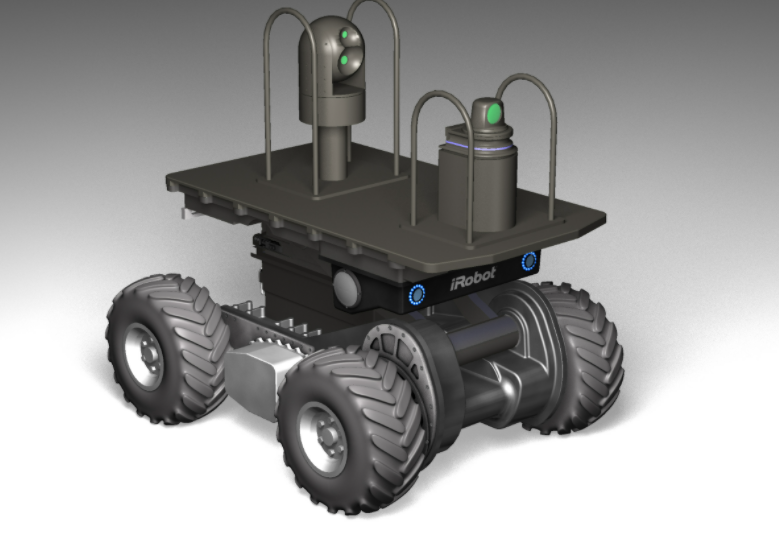Introduction to unmanned ground vehicle
How to design a project of unmanned ground vehicle? Robotics is an important field of interest in modern age of automation. Unlike human being a computer controlled robot can work with speed and accuracy without feeling exhausted. A robot can also perform preassigned tasks in a hazardous environment, reducing the risks and threats of human beings.
In this report, we have discussed the key designed issues and the development process of a smart UGV. In the broad dictionary sense, an unmanned ground vehicle is any piece of mechanized equipment that moves across the surface of the ground and serves as a means of carrying or transporting something, but explicitly does not carry human being. The academic community usually refers to UGVs with significant autonomous capabilities as mobile robots. Every possible UGV system needs some organizing principle, based on the characteristics of each system such as:
- The purpose of the development effort (often the performance of some application specific mission)
- The specific reasons for choosing a UGV solution for the application (e.g., hazardous environment, strength or endurance requirements, size limitation etc.) the technological challenges, in terms of functionality, performance, or cost, posed by the application
- The system’s intended operating area (e.g., indoor environments, anywhere indoors, outdoors on roads, general cross-country terrain, the deep seafloor, etc.)
- The vehicle’s mode of locomotion (e.g., wheels, tracks, or legs);
- How the vehicle’s path is determined (i.e. control and navigation techniques employed)
A vehicle system can be teleoperated in which navigational guidance is transmitted to the vehicle from an externally situated human operator. An autonomous vehicle is one that determines its own course using on-board sensor and processing resources. Automation means doing the particular task automatically in a sequence with faster operation rate. A ground vehicle can be semiautonomous when the navigation control scheme combines inputs from both an external human operator and on-board sensors to determine the path. Variety of research work has already been done to develop effective navigation systems for unmanned ground vehicle

aims and objectives of unmanned ground vehicle
The UGV is the land-based counterpart to unmanned aerial vehicles and remotely operated underwater vehicles. Unmanned robotics is being actively developed for both civilian and military use to perform a variety of dull, dirty, and dangerous activities. The aim of the project is to design a multipurpose robotic car. This project will produce utility for the user to remotely monitor enemy activities, the destructed buildings and such places where it is hard for a human being to make a view point. After making a view point, it will travel avoiding obstacles to reach to the target location and will send the video back to the main operator. Then action can be taken accordingly.
Although we have applied this system to monitor and control some basic functions more complex functions can be added according to the requirement. UGVs can also being developed for peacekeeping operations, ground surveillance, gatekeeper/checkpoint operations, urban street presence, and to enhance police and military raids in urban settings. UGVs can “draw first fire” from insurgents – reducing military and police casualties. Furthermore, UGVs are now being used in rescue and recovery missions. These robots can be paramount following 9/11, when searching for survivors at Ground Zero
Objectives of designing an unmanned ground vehicle
- Build a prototype of Obstacle Avoidance (Intelligent) Ground Vehicle
- Employ image processing in the design to detect and follow lanes and stay within course boundaries
- Collect information about the environment, such as building maps of building interiors
- Detect objects of interest such as people and vehicles
- Travel between way points without human navigation assistance
- Use technology to target a sequence of navigation points in order to advance in the track and reach the final line
- Work for extended durations without human intervention
- Apply all means of Mechatronics in the design and implementation
- Stay within Budget
For more detail, read here
Also read here